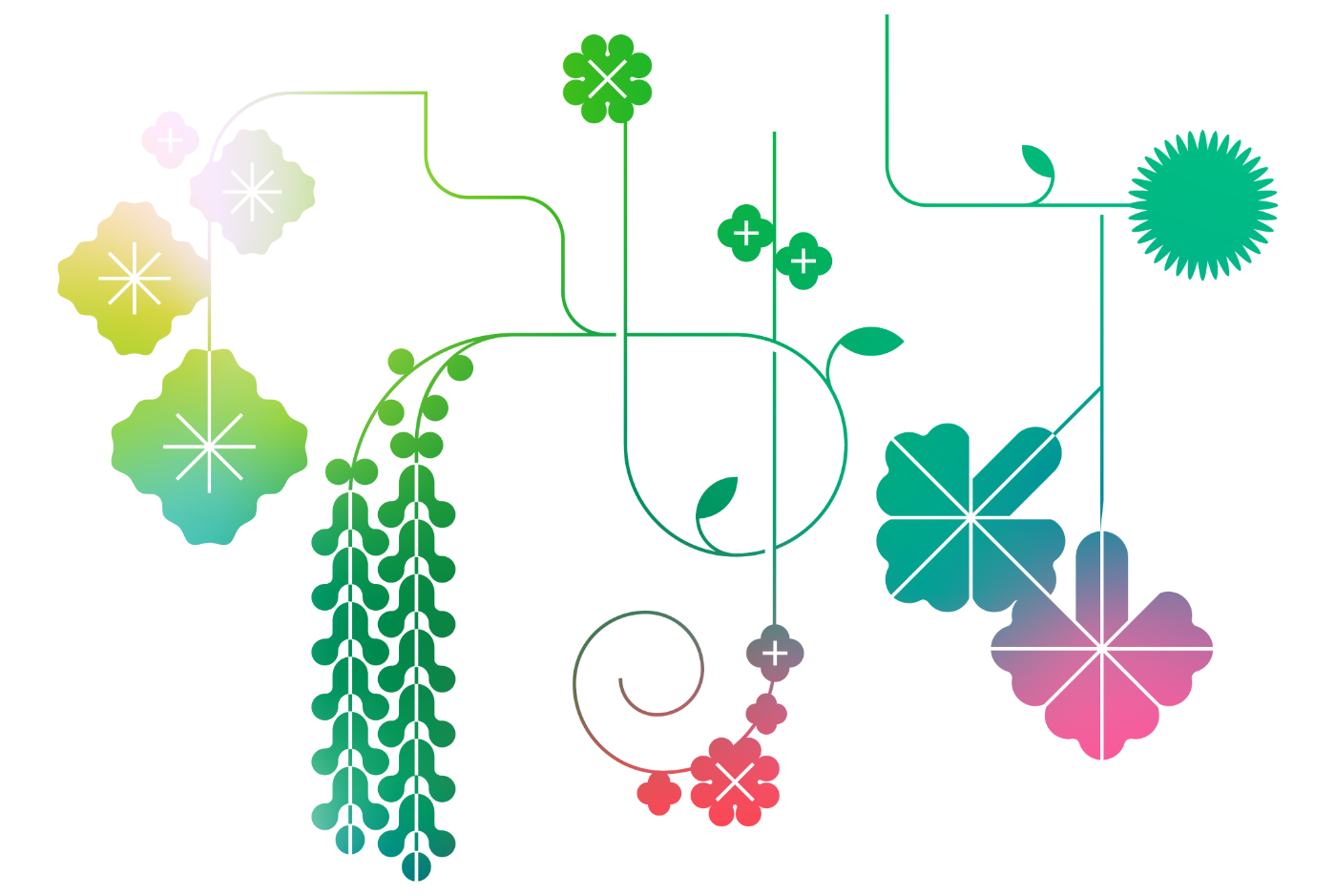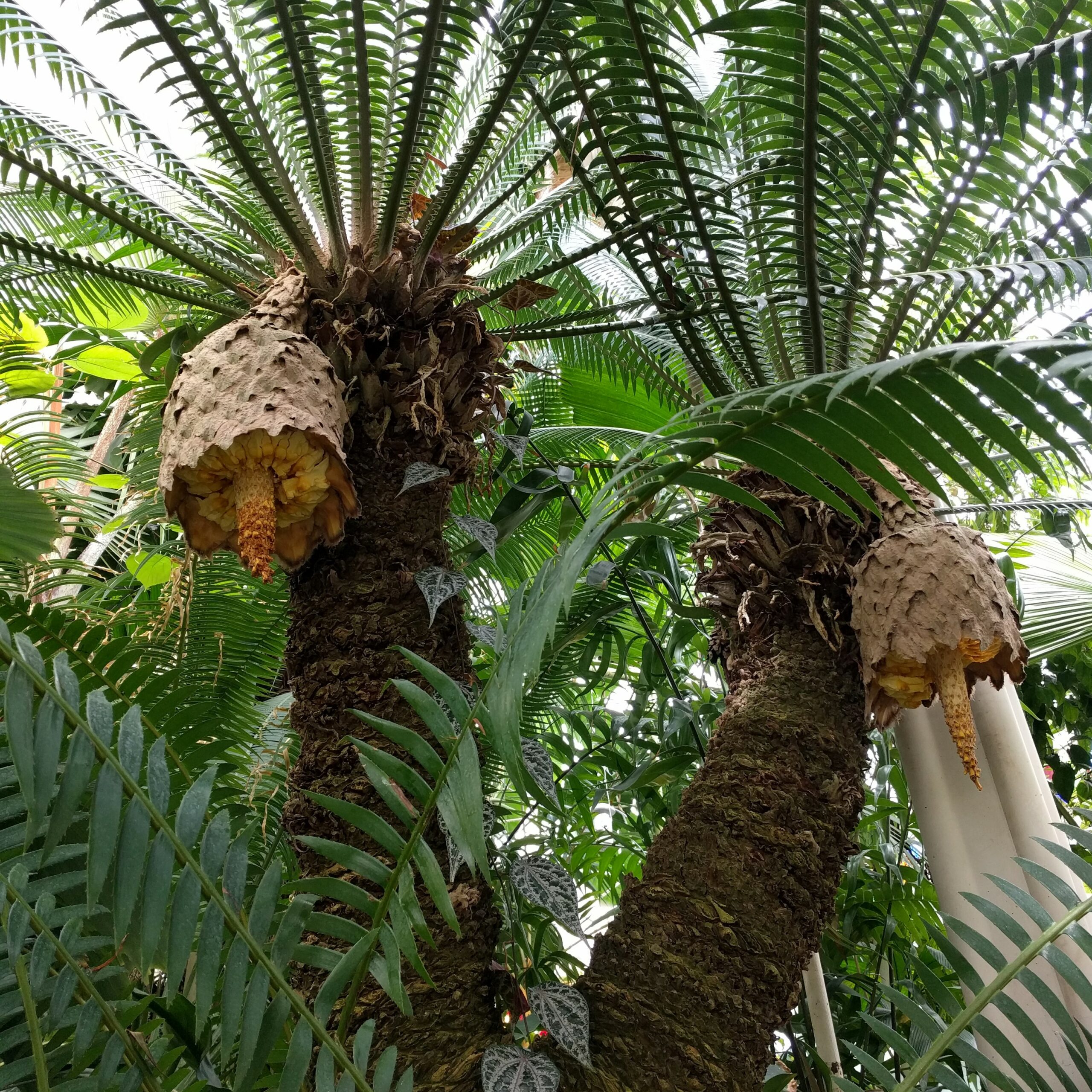Dioon spinulosum


About Dioon spinulosum
Common Name | Giant Dioon
Family Name | Zamiaceae
Native to | Mexico
Cycads are a unique, ancient lineage of plants that flourished in the Mesozoic Era approximately 170 million years ago. Commonly mistaken as a palm or fern, the cycad is in fact not closely related to either. This cycad specimen is over 100 years old. Dioon spinulosum is one of the tallest cycad species in the world, growing to 50 feet high.
A cycad is either male or female and the cones of each sex are usually quite different in size and shape. When the female cones ripen and open, they will reveal hundreds of orange unfertilized ovules. For the cone’s ovules to be fertilized, the Conservatory would need pollen from a male plant of the same species, which we do not have. As a result, this Giant Dioon will repeat its cycle of producing unfertilized cones, year after year, without producing offspring. Fortunately, cycads can also produce stem offshoots, often called pups. These can be separated from the parent and rooted to create new plants.
According to the IUCN Red List, Dioon spinulosum is currently endangered in the wild, with an overall population decline of 70% because of habitat destruction and severe overcollection. Increasing education and awareness is a key tactic for conservation, which is why it’s so important for our guests to see this magnificent giant in person.